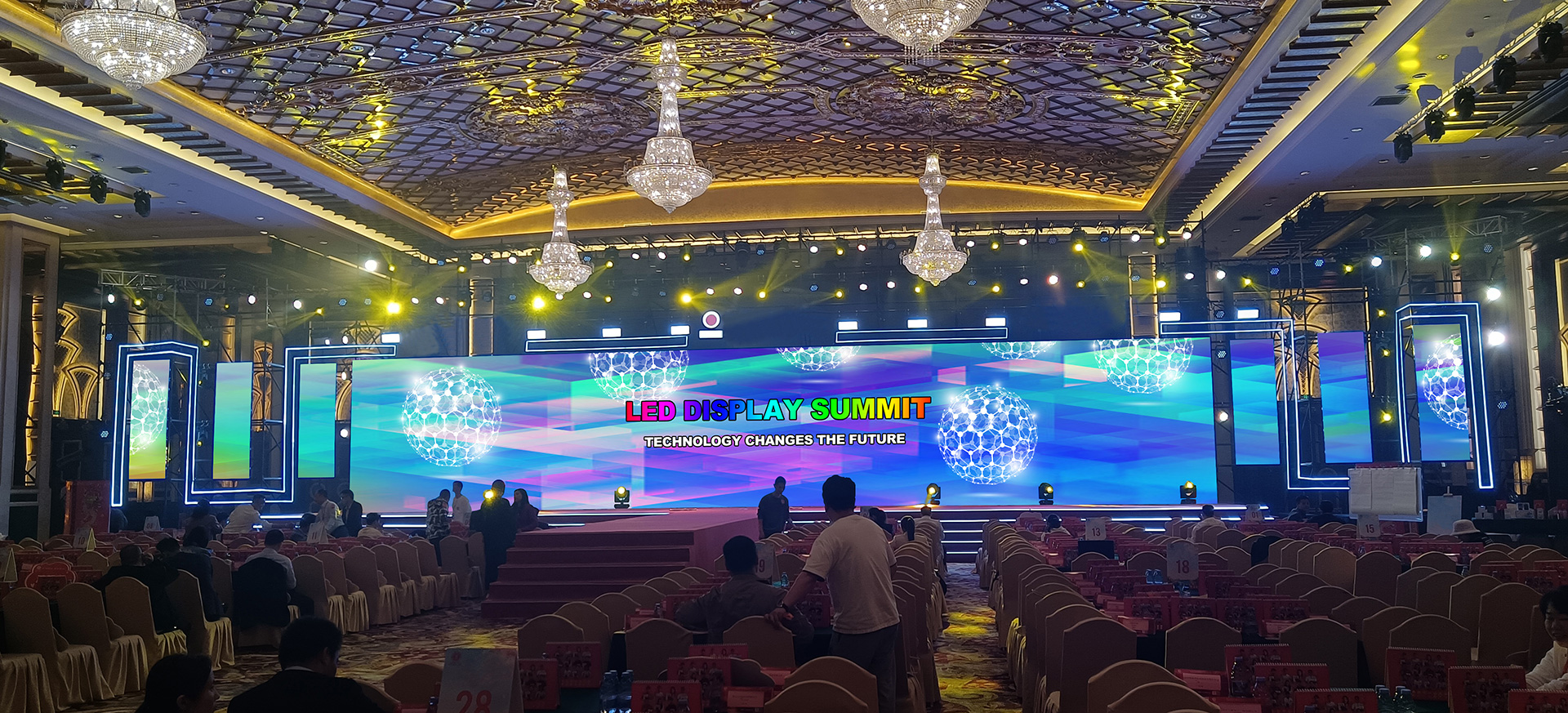
The LED display industry has witnessed significant growth and innovation in recent years. LED (Light Emitting Diode) displays offer numerous advantages over traditional displays, such as LCD (Liquid Crystal Display) or plasma screens. In this article, we will explore the characteristics of the LED display industry and discuss the future development trends.
One of the main characteristics of the LED display industry is its versatility. LED displays can be found in various fields, including advertising, sports stadiums, transportation, retail, and entertainment. Their ability to create vibrant colors, high contrast ratios, and wide viewing angles has made them a popular choice for businesses and organizations looking to engage with their target audience.
Another characteristic of the LED display industry is its energy efficiency. LED consume significantly less power compared to traditional displays, resulting in reduced electricity bills and a smaller carbon footprint. This advantage has become increasingly important as sustainability and energy conservation have become key concerns in the modern world.
Furthermore, LED displays are highly durable and long-lasting. They can withstand extreme weather conditions and have a longer lifespan compared to other display technologies, such as LCD or plasma screens. This durability makes them suitable for outdoor installations, where they can resist rain, sunlight, and temperature fluctuations.
In terms of future development trends, the LED display industry is expected to continue growing at a rapid pace. With advancements in technology, LED displays will become even more flexible, thinner, and lighter, enabling them to be integrated into curved surfaces or unconventional shapes. This trend opens up new possibilities for creative and immersive visual experiences.
Additionally, the LED display industry is witnessing advancements in resolution and pixel density. High-resolution LED displays are becoming more affordable and accessible, leading to sharper and more detailed images. As a result, LED displays are increasingly being used in applications that demand precision, such as medical imaging and video production.
The use of LED displays in outdoor environments is also expected to expand. With the development of weatherproof and high-brightness LED modules, outdoor installations will become more vibrant and easily visible in various lighting conditions. This trend is particularly relevant for advertising billboards and digital signage, where visibility is crucial for capturing attention.
Lastly, the LED display industry is exploring the integration of advanced technologies, such as AI (Artificial Intelligence) and IoT (Internet of Things). Smart LED displays with built-in sensors and connectivity capabilities can provide real-time data, interact with users, and adapt to changing environmental conditions. This integration will create new opportunities for personalized and interactive experiences, enhancing the overall value of LED displays.
In conclusion, the LED display industry is characterized by its versatility, energy efficiency, durability, and continuous advancements. The future development trends in this industry include increased flexibility, higher resolutions, expanded outdoor applications, and integration of advanced technologies. As the demand for captivating visual experiences grows, LED displays are positioned to play a crucial role in shaping the future of digital communication.
